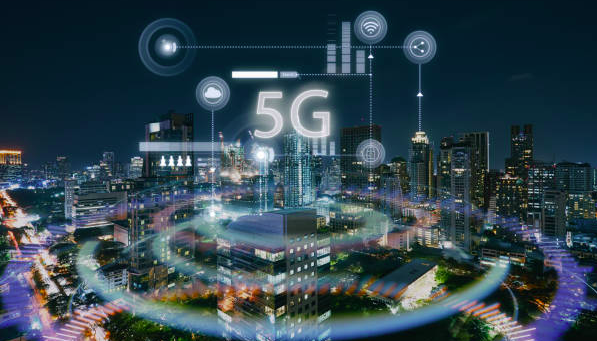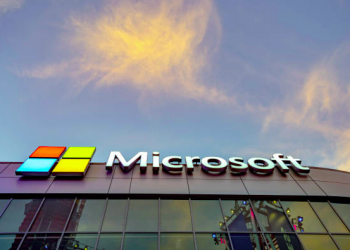5G technology is the fifth and latest generation of cellular network technology, offering faster speeds and more reliable connections than previous generations. It has the potential to revolutionize the way we live and work, by enabling new technologies and applications that require high-speed, low-latency connectivity.
In this article, we will explore the features and benefits of 5G technology, the challenges and opportunities it presents, and the current state of its deployment around the world.
Section 1: What is 5G Technology?
5G is the fifth and latest generation of cellular network technology, designed to provide faster speeds and more reliable connections than previous generations. It operates in a higher frequency range than previous technologies, which allows it to transmit data at much higher rates.
5G technology is expected to be a key enabler for a wide range of new technologies and applications, including the Internet of Things (IoT), self-driving cars, telemedicine, and virtual and augmented reality. It is also expected to support new business models and create new opportunities for economic growth.
Section 2: Features and Benefits of 5G Technology
One of the key features of 5G technology is its high speed. It is expected to offer speeds up to 100 times faster than 4G, with average speeds of around 1 gigabit per second (Gbps). This means that users will be able to download large files and streaming high-definition video much faster than before.
In addition to speed, 5G technology also壯陽藥
offers improved reliability and coverage. It is designed to support a larger number of devices and to provide coverage in areas that were previously difficult to reach. It is also expected to have lower latency, or delay, than previous generations, which will be important for applications that require real-time communication, such as self-driving cars.
Section 3: Challenges and Opportunities of 5G Technology
The deployment of 5G technology is not without its challenges. One of the main challenges is the cost of building the necessary infrastructure, including the deployment of small cells and the upgrading of existing cellular networks. Another challenge is the need to address concerns about the potential health effects of exposure to high-frequency radio waves, which are used by 5G networks.
Despite these challenges, 5G technology presents many opportunities for businesses, governments, and consumers. It is expected to drive economic growth and create new jobs, as well as enable new technologies and applications that have the potential to improve our lives in many ways.
Conclusion
In conclusion, 5G technology is the next-generation of cellular network technology that is expected to offer faster speeds, improved reliability, and lower latency than previous generations. It has the potential to revolutionize the way we live and work, and is already being deployed in many countries around the world.






